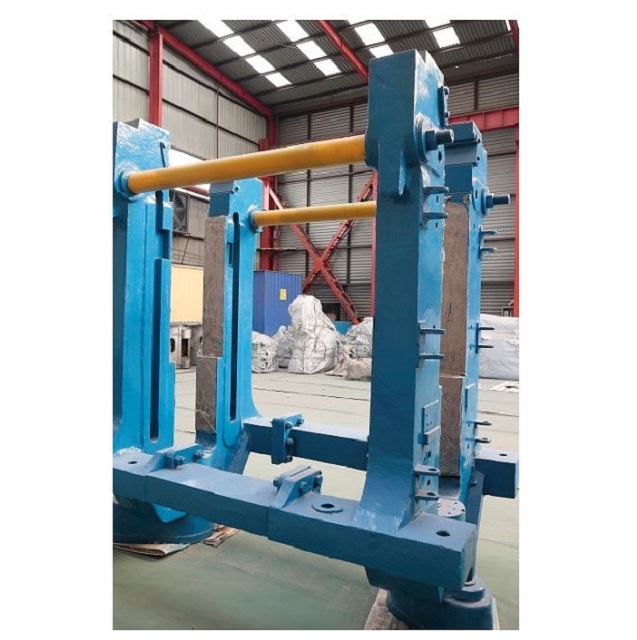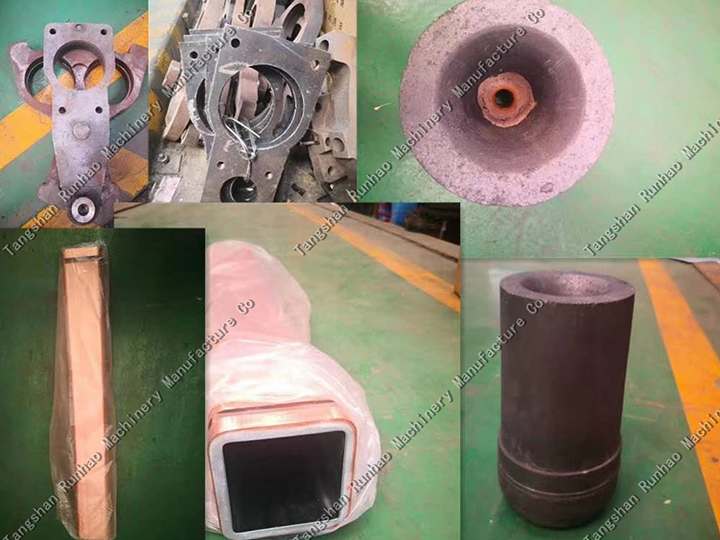The Black Sea Fleet headquarters explodes.
Ukrainian Sukhoi Su-24M bombers firing British-made Storm Shadow cruise missiles blew up the headquarters of the Russian Black Sea Fleet in Sevastopol, in occupied Crimea, on Friday. high rolling mill

The strike came just nine days after the same Ukrainian bomber unit—the 7th Tactical Aviation Brigade, flying from western Ukraine—struck the Black Sea Fleet’s anchorage in Sevastopol, destroying an amphibious assault ship and a diesel-electric submarine in their shared drydock.
The destructive power of the 2,900-pound missile is easy to explain: it packs a tandem warhead that helps it to punch through concrete and steel targets and explode them from the inside. An initial warhead blows a hole in the target’s exterior, clearing a path for the second—and larger—warhead to reach the interior.
That doesn’t explain how the 7th TAB is able to fight through what should be one of the most dangerous air-defense networks in the world. But Tom Cooper, an author and expert on the Russian military, has theories.
Maybe Ukrainian forces have jammed and suppressed Russian radars and launchers. Maybe, instead, they’ve launched decoys to draw Russian missile fire—and exhaust the SAM batteries’ magazines. Or maybe the decoys are drawing the Russian air-defense operators’ attention in one direction ... while the Storm Shadows streak in from another direction.
Maybe it’s a mix of all three tactics. Somehow, the “Ukrainians are overwhelming the Russian air-defenses to the point where their chances of actually intercepting one of the Storm Shadows is next to zero,” Cooper wrote in his newsletter.
In the years before widening its war on Ukraine starting in February 2022, Russia deployed many of its best radars, surface-to-air missiles and air-defense guns to Crimea, which Russia invaded and annexed in 2014.
The Crimean air-defense system once included at least four 150-mile-range S-400 SAM batteries with as many as 40 launchers between them, plus nearly 50 shorter-range Pantsir, Buk and Tor air-defense systems. Podlet-U radars helped to cue the guns and launchers in Crimea, and a long-range S-300 battery in southern Kherson, just north of Crimea, acted as air-defense for the air-defenses.
It was a fearsome system of layered, overlapping defenses. But “ultimately, this idea didn’t work,” Cooper mused.
Starting in early August, Ukrainian forces struck, in turn, the Kherson S-300 batteries plus two S-400 batteries in Crimea plus the nearby Podlet-U radar. They also recaptured two Ukrainian oil platforms in the western Black Sea that Russian forces were using as sensor platforms.
But these strikes alone were insufficient to create a safe lane for the 200-mile-range, subsonic Storm Shadows and the 1970s-vintage bombers that launch them. It’s possible the Ukrainians have deployed one, or more likely several, powerful radar-jammers in northern Kherson and have confused Russian radar-operators with a deluge of electronic noise.
“All of a sudden, there is a big gap in the Russian radar and SAM coverage,” Cooper wrote. “The point would be to combine multiple different weapons to widen and secure that gap—through striking selected Russian air-defense systems.”
The Ukrainians have plenty of options: air force Su-24s, Sukhoi Su-27s and Mikoyan MiG-29s firing American-made AGM-88 radar-homing missiles and lobbing GPS-guided glide bombs, also American-made; or army launchers firing GPS-guided rockets that, you guessed it, are made in America.
This “corridor” through Russian defenses is “opening the way” for Storm Shadows and similar, ex-French SCALP-EG missiles to fly “deep into the areas occupied by the Russians,” Cooper explained.
Alternatively, the Ukrainians may be exhausting Russian air-defense batteries instead of confusing then suppressing them. For that, they could use their ex-American ADM-160 air-launched decoys.
The ADM-160 basically is a 300-pound cruise missile, but without the warhead. The United States quietly provided an undisclosed number of the decoys to Ukraine no later than this spring. We know this because the wreckage of an ADM-160 turned up in eastern Ukraine in May.
It’s possible the Ukrainian air force launches ADM-160s right before it launches Storm Shadows or SCALP-EGs. Flying just ahead of the cruise missiles, the decoys draw the Russians’ fire. “By the time Storm Shadows/SCALP-EGs would be approaching their targets, the Russians would then be out of missiles to fire at them,” Cooper explained.
The third possible tactic that Cooper proposed is a variation on the second. Maybe, instead of launching decoys in order to deplete the Russian batteries, the Ukrainians are launching decoys in order to distract the batteries. Maybe the decoys approach Crimea from the north, while the bombers angle in from the west.
If Ukraine runs low on decoys, it could complement them with unmanned aerial vehicles. “Thus, one can use a mix of ADMs and UAVs to play with the Russian air-defenses before following up with real Storm Shadow/SCALP-EGs.”

small rolling mill It also is possible the Ukrainians have devised some other strike tactic—one Cooper and other observers haven’t even imagined. How Ukrainian forces rolled back Russian air-defenses in Crimea is a matter of conjecture. That they did so is indisputable fact. All the exploding warships and headquarters are proof of that.